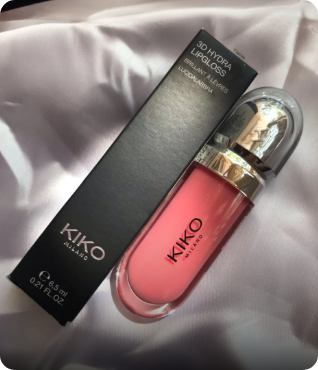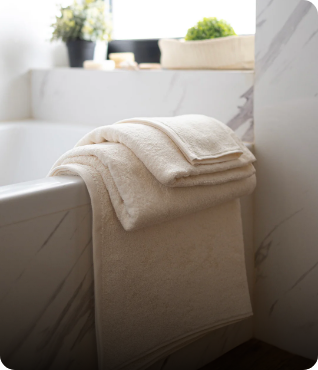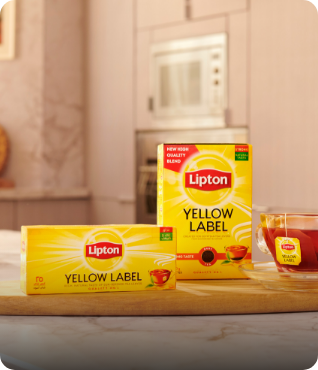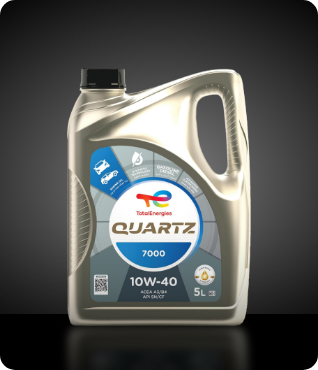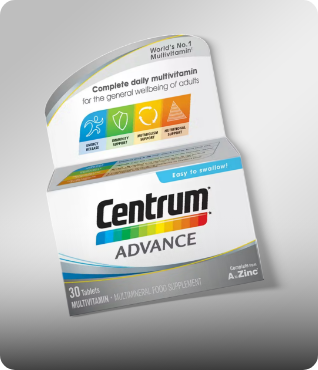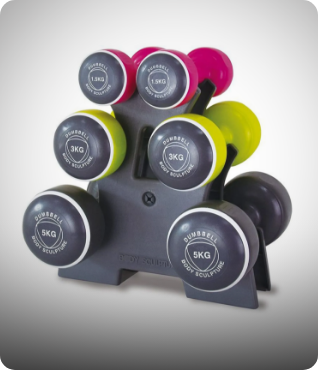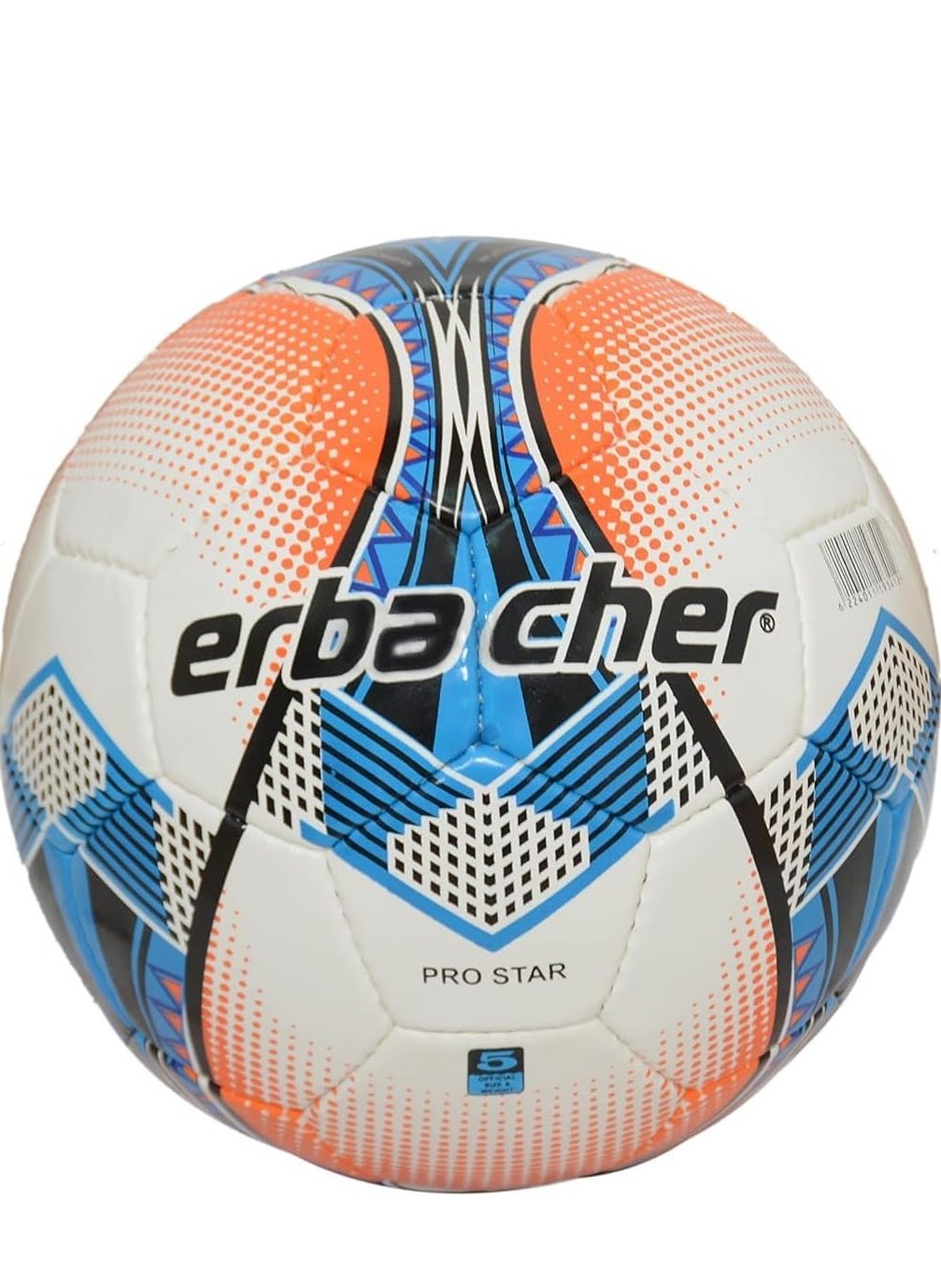1
Available Soon
Highlights
- Softness: Indoor cricket balls are softer than traditional cricket balls to minimize damage to indoor surfaces and reduce the risk of injury.
- Softness: Indoor cricket balls are softer than traditional cricket balls to minimize damage to indoor surfaces and reduce the risk of injury.
- Color: They often come in bright colors like orange, yellow, or pink to be easily visible indoors.
- Weight: They are lighter than outdoor cricket balls, typically weighing around 90-100 grams.
- Seam Design: Indoor cricket balls may have a different seam design compared to outdoor balls. They often have a molded seam or a less prominent seam to minimize wear and tear on indoor surfaces.
- Durability: They are designed to be durable for indoor use, able to withstand the friction and impact against indoor surfaces like synthetic mats or wooden floors.
- Bounce: Indoor cricket balls typically have a consistent bounce suitable for indoor conditions, ensuring fair play and predictable performance.
- Regulation: Different leagues or tournaments may have specific regulations regarding the type and characteristics of indoor cricket balls allowed for use.
- Usage: They are primarily used for recreational and competitive indoor cricket matches, providing a safer and more controlled environment compared to outdoor cricket.
Specifications
| Item Quantity | 1 |
Indoor Cricket ball
Added to cart
Cart Total EGP 0.00

















































